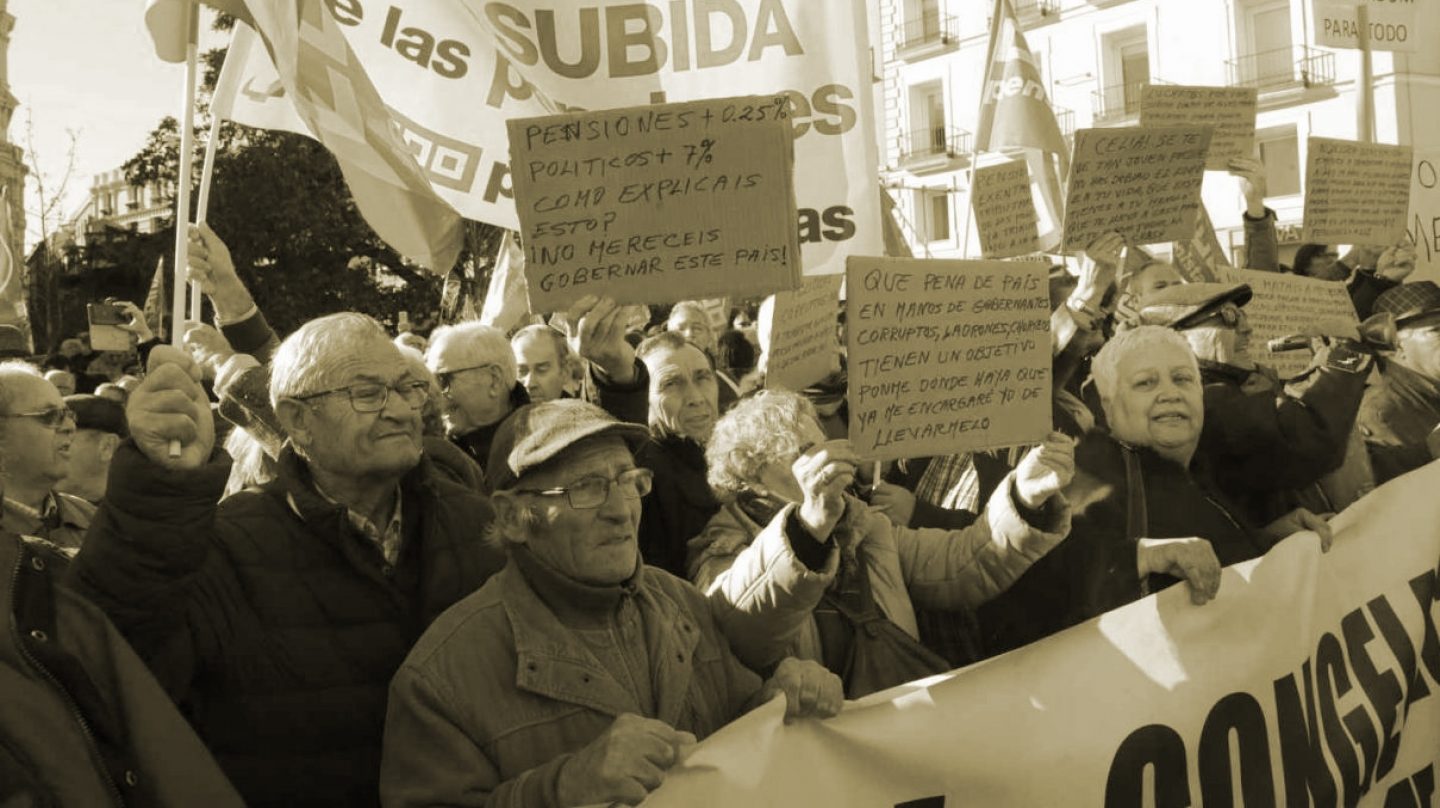
15.09.2020
Can we reduce personnel costs without compensation, in the event of a decrease in sales and economic losses?
The answer is yes and it has been defended by an ILP Abogados' attorney before the Supreme Court. Supreme Court Sentence 720/2020 of July 23, 2020. This is the analysis of the Judgment.
 Por
Osa Otero, Sandra
Por
Osa Otero, Sandra The STS 720/2020 of 23 July 2020. And also unifies doctrine in “SMWC”
(SMWC as “Substantial Modification of Working Conditions”)
On July 23, 2020, the Supreme Court issued Ruling No. 720/2020, in the Doctrine Unification Procedure 822/2018, concluding that the termination of the employment contract, with the right to receive an indemnification of twenty days of salary per year of service and with a maximum of nine months, once a SMWC has been operated, it is not presumed, since there is no legal provision that allows it, and that in order to activate it, it is a necessary requirement to prove the existence of the damage, and that the burden of proof that damage lies on the party suffering it, since it is the constituent element of its claim, and because it is the party that has the best knowledge of the damage.
Contacto No te quedes con la duda, contacta con nosotros. Estaremos encantados de atenderte y ofrecerte soluciones.Origin: Collective Procedure for Substantial Modification of Employment Conditions
The procedure examined in the aforementioned sentence finds its origin in a Collective Procedure for a Substantial Modification of the Employment Conditions by virtue of which it was agreed, in the Minute that ended the Consultations Period, a temporary salary reduction of 5%, with recuperation clauses, and a postponement in the payment of the payroll, for a period of more than two years.

Si te ha interesado este artículo no dudes en leer:
Dismissal Null, Dismissal Unfair and Dismissal Proceeding: Differences
An affected worker requests termination with compensation for his reduction in salary.
Within the framework of said procedure, and once the worker was individually notified, he requested the indemnified termination of his employment contract under Article 41.3 of the Workers’ Statute, a request that was rejected by the Company, which now, after four years, and at as Unification of Doctrine, finds legal protection for its position, the Supreme Court considers it as in accordance with law.
What does Article 41 of the Spanish Workers’ Statute regulate?
It is not superfluous to recall that Article 41 of the Workers’ Statute regulates the procedure for modifying the contractual conditions of Workers, in matters such as (i) working hours, (ii) hours and distribution of the working time, (iii) regime of shift work, (iv) system of remuneration and salary amount, (v) work system and performance and (vi) functions, when they exceed the limits for functional mobility provided for in Article 39, when economic, productive, organizational or technical causes concur, such causes being considered those related to competitiveness, productivity or the technical organization in the Company.
The differences with forced relocation
Unlike what happens in the procedure of forced transfer, i.e the one that forces the change of residence, where an automatic damage is presumed and therefore, once reported unfolds the full effects of Article 40. 1 of the Workers’ Statute, and the worker may choose to automatically terminate his employment contract with the right to receive an indemnity of twenty days’ salary per year of service with a maximum of twelve monthly payments, Article 41.3 of the Workers’ Statute, which regulates the indemnified termination in the case of the SMWC, requires a logical, systematic and finalist interpretation that is conditioned on the existence of a damage.
The SMWC must be substantial and relevant.
That SMWC must be substantial evidencing that the damage must be relevant, and it is not reasonable or proportional to sanction with the indemnified termination any SMWC that would cause a minimum damage, since this is contrary to the spirit of the rule that seeks the survival of companies in economic difficulties, in the case under examination, which would aggravate their existence if all the affected parties terminated their employment contracts.
The legislator did not consider SMWC to be equivalent to indemnified termination.
In addition to the foregoing, if the legislator would had wanted all SMWC´s to include the automatic right of the affected workers to terminate their employment contract with the right to receive the indemnity regulated in Article 41.3 of the Workers’ Statute and access to the legal situation of unemployment, it would have drafted the precept in other terms, because with the current wording, there is no automatism, but only a condition that an additional circumstance must exist in addition to that of having introduced a relevant change in the conditions of employment.
The percentage limit beyond which the salary reduction is considered a damage
In short, in addition to the communication of an SMWC, it is required that the affected subject is harmed, and not every SMWC that affects remuneration, reducing it, entails an automatic damage, placing the current doctrine on a percentage level around 5% or 7% the limit of what is considered to constitute a damage, within the framework of a package of additional measures negotiated to minimize the impact of that salary reduction.
If this article has been of interest, we also suggest you to read the following article published on our website: Jurisprudence on Exclusivity Pacts, non-concurrence and permanence in Spain. Limits and requirements












